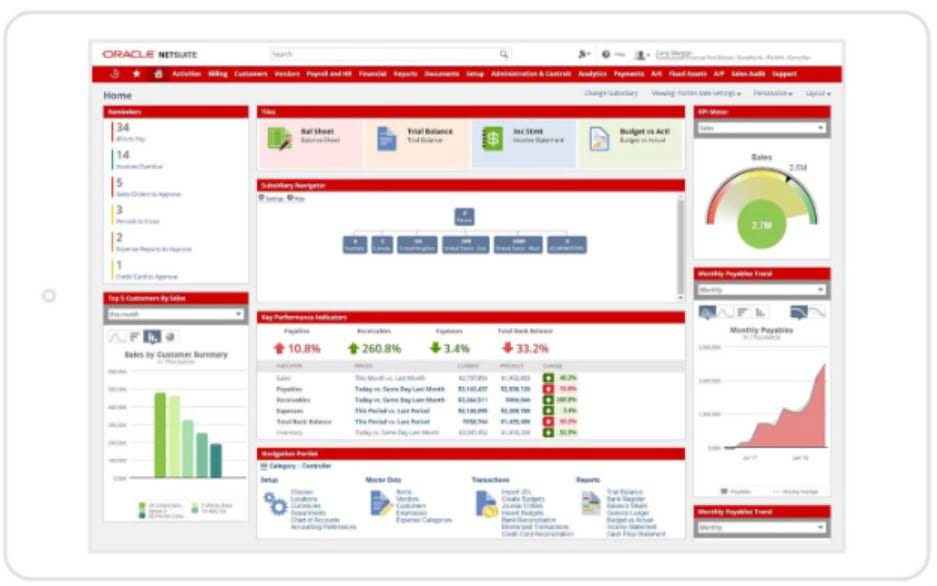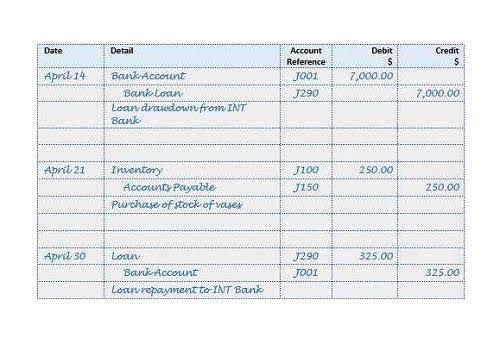
In this module, we will begin to look at the foundational construction of government financial statements. Segregation of duties is a fundamental internal control practice, where responsibilities for financial transactions are divided among different individuals to reduce the risk of fraud. For instance, the person responsible for approving expenditures should not be the same individual who processes payments. Regular internal audits further enhance control measures by Food Truck Accounting identifying potential weaknesses and recommending improvements.
Major Differences Between Government and Nonprofit Accounting
Software solutions like Blackbaud Financial Edge NXT and Sage Intacct handle the complexities of fund accounting, offering features that automate reporting and compliance tasks. These tools help organizations maintain transparency and accuracy in their financial records, which is particularly important when dealing with multiple funds and complex transactions. By leveraging such technology, organizations can streamline accounting processes, reduce errors, and focus more on their core missions. Nonprofit organizations report using accrual basis accounting and Financial Accounting Standards Board and GAAP standards.
- The first step to accounting for nonprofits is choosing whether your organization should use cash-basis or accrual-basis accounting.
- Utilizing financial analysis tools like Tableau or Power BI enhances monitoring and visualization of these metrics, providing actionable insights for strategic decision-making.
- Grant and contract accounting is vital in the financial operations of nonprofits and government entities, especially when external funding is a significant part of their revenue streams.
- By leveraging such technology, organizations can streamline accounting processes, reduce errors, and focus more on their core missions.
- Fund accounting is typically not a topic enjoyed by people who are used to the concepts of for-profit accounting.
Governmental and Nonprofit Accounting 11th Edition

Because they are not out to make a profit, fund accounting provides the best accounting system for most nonprofit organizations. The same fundamental ideas apply for nonprofit accounting as governmental accounting—the goal is to have annual expenditures end up very close to annual revenues. For government entities, the Governmental Accounting Standards Board (GASB) is the authoritative body. GASB establishes accounting and financial reporting standards that ensure transparency, accountability, and consistency in the financial activities of government organizations.
- Many nonprofits have small staffs and tight budgets, making it difficult to dedicate personnel to bookkeeping and financial reporting tasks.
- By considering these factors, you can ensure that your nonprofit organization has the necessary resources to reach its objectives and is in line with GAAP standards.
- Double-entry bookkeeping is a key component of fund accounting, recording every transaction in at least two accounts to maintain the accounting equation’s balance.
- You cannot receive a refund once you’ve earned a Course Certificate, even if you complete the course within the 2-week refund period.
The Value of Using Nonprofit Software for Your Organization
A statement of functional expenses for nonprofit organizations is a financial report that itemizes expenses according to their purpose. This report provides information on where resources have been committed and allocated within an organization. This guide will cover all the essentials of nonprofit income statement accounting, from setting up your books to preparing financial statements. With this knowledge, you’ll be able to make data-driven decisions and manage your nonprofit’s finances with confidence.

Enhanced Expense Management
- These reports help management and stakeholders assess whether financial resources are being used efficiently and effectively.
- Additionally, we will learn about the major components in the Statement of Financial Position.
- These methods help organizations assign indirect costs, such as administrative salaries or utilities, to the appropriate cost centers.
- For government entities, the Governmental Accounting Standards Board (GASB) is the authoritative body.
- The standard outlines how to recognize contributions and distinguishes between exchange transactions and contributions.
- To apply for aid, select “Learn more and apply” in the Financial Aid section below the “Enroll” button.
Failure to comply with these requirements can result in loss of tax-exempt status, significant penalties, and fines. Remember to provide transparent and detailed guidelines for compensation and include employee benefits—even if they are nonmonetary, such as flexible working hours and paid time off. This is the eBook of the printed book and may not include any media, website access codes, or print supplements that may come packaged with the bound book. Pearson+ offers instant access to eTextbooks, videos and study tools in one intuitive interface.

A structured budgeting process supports strategic planning and resource allocation, crucial for maintaining financial stability and achieving long-term objectives. This module introduces the fundamental aspects of nonprofit entities, including their definition and the standards-setting body for nonprofit accounting principles. We will identify users of nonprofit financial statements and the procedures for obtaining 501(c)(3) tax-exempt status. We will further our understanding of the requirements and steps for 501(c)(3) qualification as well as identify potential events leading to the loss of tax-exempt status. Additionally, we will learn about the major components in the Statement of Financial Position. Lastly, we will identify the two components of nonprofit net assets and differentiate between conditional and unconditional promises to give.

Module 8: Statement of Cash Flow for Proprietary Funds and Component Unit Reporting Requirements
These statements include information on government-wide finances and fund-based reports, offering a comprehensive view of financial health. Nonprofit organizations use net asset classification to manage and report their financial resources. government and nonprofit accounting Net assets are categorized based on donor-imposed restrictions, reflecting how funds can be used. You may also need to provide other information, like unrealized gains or losses on investments and noncash transactions, such as depreciation or amortization expenses.